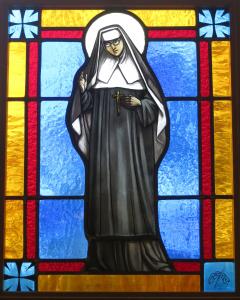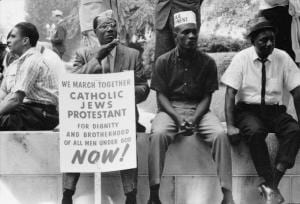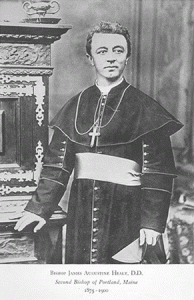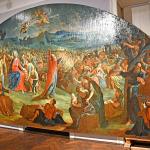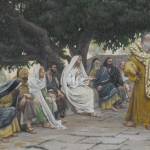Almost! On November 8, 1922, the people of Oregon voted to pass a popular intitiative banning all private schools in the state. The Oregon Compulsory Education Act required all children ages 8-16 to attend public school, and only public school, as of September 1, 1926. The majority of schools affected were Catholic schools, and that was the intent. The law was mainly the work of Oregon’s Masonic lodges and the Ku Klux Klan (shown here in a rally during this period), which collected enough signatures to put it on the ballot. In Washington, D.C., the National Catholic Welfare Conference (forerunner of the Bishops Conference) raised money, hired lawyers, and organized the most extensive public relations campaign ever conducted by the Church. Soon the struggle transcended denominational boundaries. The Episcopalians, the Seventh Day Adventists, and the American Jewish Committee, who also had schools in Oregon, joined in, and the ACLU offered its support. John Dewey, not the biggest fan of Catholic education, said that the law struck “at the root of American toleration.” On June 1, 1925, in the case of Pierce v. the Society of Sisters, the Supreme Court decided unanimously against the law. Associate Justice James Clark McReynolds, delivering the opinion of the court, said: “The child is not the mere creature of the state.” One historian says that the decision was a victory not just for parochial schools, “but for the very principle of pluralism in America.”




